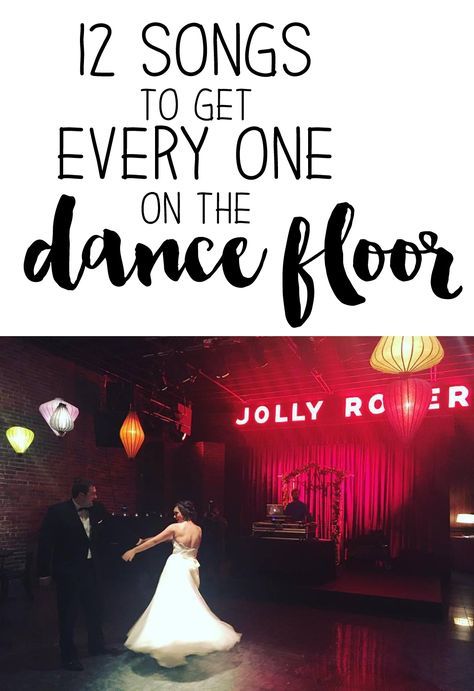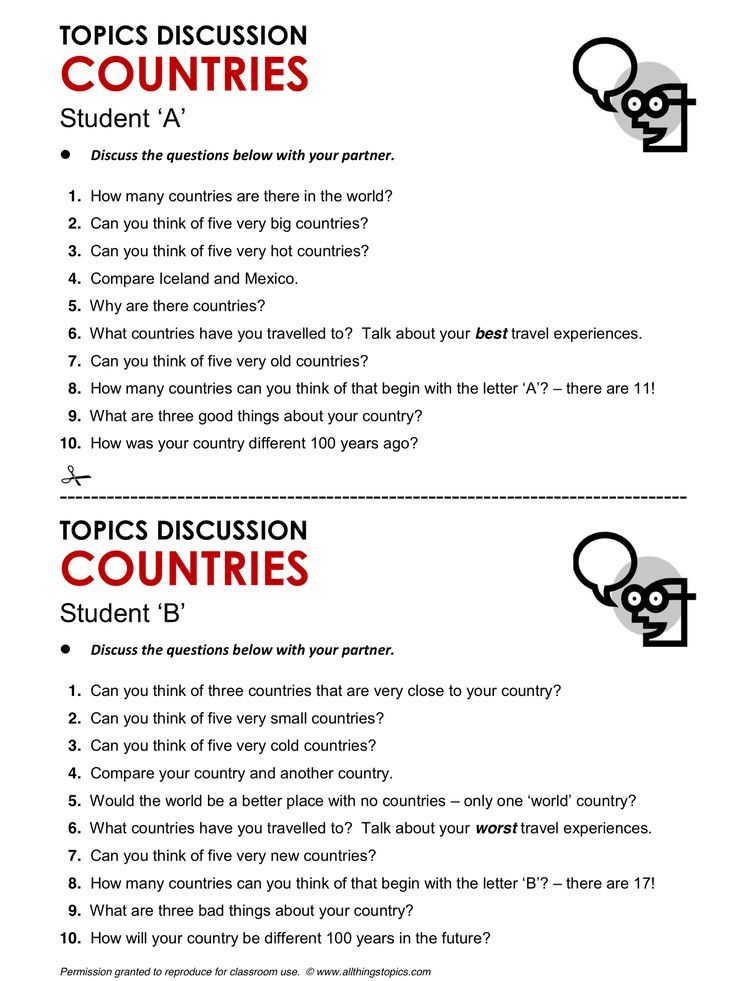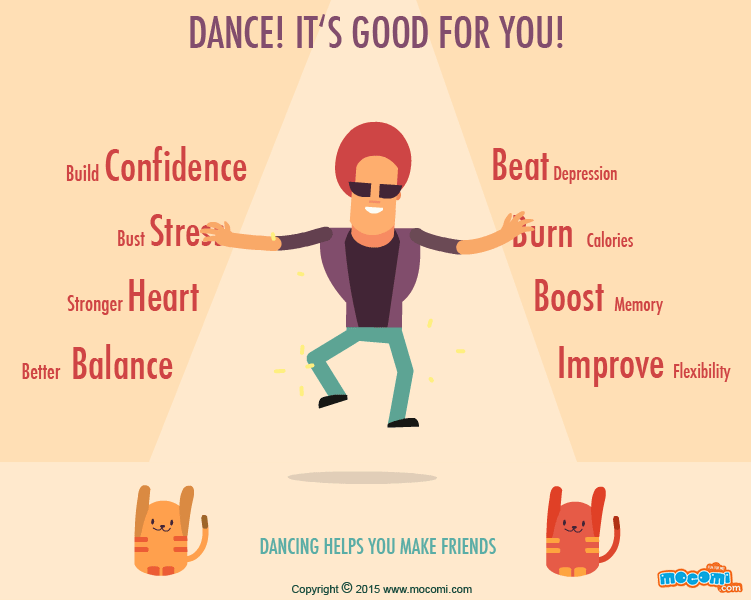How to get flexible for dancing
How to Boost Your Flexibility
"How can I get more flexible?" It's a question every dancer has asked themselves at one time or another. Whether you're attempting your first split or trying to nail a crazy high extension in your new dance uniform, flexibility is one of the key components to being a great dancer. If you want to improve yours, it can certainly enhance your rehearsals in the studio and performances on the stage. Just make sure you take the right approach. Here are some tips to help you in the process.
Tip #1: Take your time.
There's no fast way to get more flexible. So don't look for some quick fix on the Internet that will magically elongate your dance moves. It doesn't exist and you could actually wind up hurting yourself in the process. In fact, when you try to make too much progress too fast, you're going to end up with some kind of sprain or strain in your muscles, tendons or joints.
Instead, take a gradual approach. Try to slowly and patiently improve flexibility so that your muscles have the time they need to safely adapt.
Tip #2: Warm up first.
Another vital tip to improving your flexibility involves warming up first. If you start stretching with cold muscles, you're going to wind up with an injury because your muscles aren't limber and ready to stretch in the way you want them to. Doing so can also cause muscle instability that impacts both your strength and agility.
So rather than jumping into difficult stretches or exercises to enhance flexibility, warm up first with a few minutes of cardio. This can be as simple as some jumping jacks or running in place for a couple of minutes. Then ease yourself slowly into your first stretching pose and take it from there.
Tip #3: Listen to your body.
When it comes to stretching and building flexibility, everyone's body is different. What's easy and comes naturally for one dancer -- who's more limber -- might take months of work for another. That's why it's important to listen to your body and pay attention to what works for you. Some dancers are naturally built to be more flexible, so don't compare yourself to others during the process.
Some dancers are naturally built to be more flexible, so don't compare yourself to others during the process.
When you're holding your stretches, also be careful that you don't hold them for too long. In the beginning of class, aim for holding your stretches no longer than 15 seconds. Toward the end of class, however, you can hold stretches for longer - from 60 to 90 seconds.
Tip #4: Perform dynamic stretches before class and static stretches after.
According to Dictionary.com, a dynamic stretch is "a type of sports fitness routine in which momentum and active muscular effort are used to stretch and the end position is not held."
These types of stretches -- such as shoulder rolls, torso twists, and arm swings -- are best used just after warm up, at the beginning of class. Some other good dynamic stretches for the lower body include hip circles, forward and backward lunges, and leg swings. Regardless of which you choose, dynamic stretching is ideal for the start of class because you're getting your heart rate up, while also stretching and warming up muscles.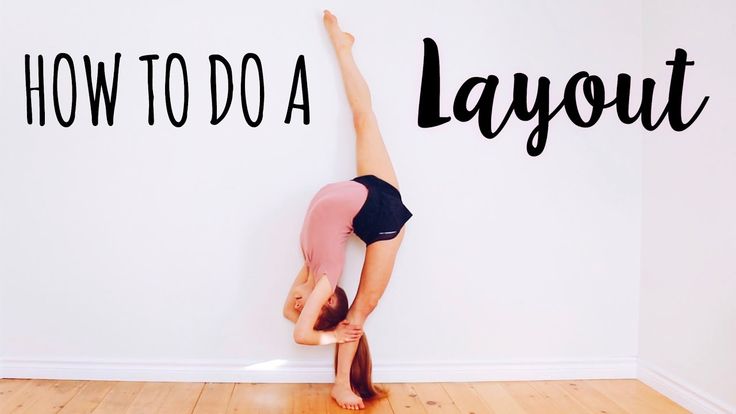
Static stretching, on the other hand, involves holding a certain stretch for a specific period of time. This is usually best done toward the end of class, during your cool down period. You should hold these stretches for at least 30 seconds, or even up to 60 or 90 seconds -- especially if you have a particular muscle you're trying to enhance flexibility in. At the end of your dance class, your muscles will be nice and limber, so you'll be able to push them further during static stretches.
Both dynamic and static stretches are good ways for dancers to improve their flexibility. However, it's best to avoid ballistic stretching, which incorporates bouncing movements where the muscles and tendons are rapidly stretched and relaxed. This can cause strain and can even damage tendons, joints and muscles.
Tip #5: Use strength training.
If you're trying to improve your flexibility as a dancer, then add some strength training to your workout routine mix. While flexibility improves the length of your muscles, strong muscles mean you can hold your dance positions for longer.
Tip #6: Don't push too hard.
If you're having sharp or severe pain, chances are, you've taken things too far. Don't continue on or try to push through the pain. Pain is your body's way of signaling that something is wrong. Likewise, don't stretch for too long before a big performance. Doing so can actually cut down on your ability to perform your jumps properly.
At Just for Kix, we offer all styles of dance uniforms and dance wear that are both stylish, as well as comfortable and functional. From hip hop pants to crop tops and sweatshirts, we've got you covered (literally)! Shop now and check out our collections.
Request a Just For Kix Catalog!
Flexibility 101: Way More Than Just Stretching
Some of our favorite dancers have the flexibility of a thousand rubber bands, and we won’t deny that some of their gorgeous extensions have us so deep in awe that they’ve easily become #DancerGoals.
But despite knowing the importance of stretching—and the ongoing joke in the dance world about wanting to become flexible without stretching—we all know that achieving flexibility takes way more than just plopping down into a split and hoping for the best.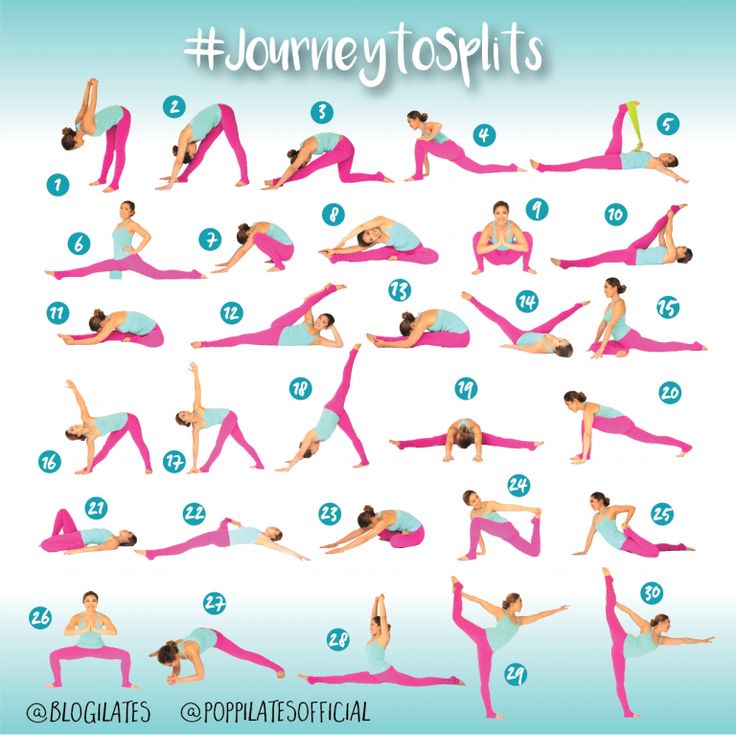 Behind those lovely leg holds and #TiltTuesday posts that become goals for onlooking dancers are months (and sometimes years!) of hard work and commitment.
Behind those lovely leg holds and #TiltTuesday posts that become goals for onlooking dancers are months (and sometimes years!) of hard work and commitment.
Being super-flexible won’t necessarily make or break your career as a dancer, but it sure wouldn’t hurt (okay, physically, it might be a little uncomfortable). So, we talked to four flexy dancers to learn their top tips for achieving and maintaining flexibility.
ADDISON ECTOR
Dance Spirit: Are you one of those lucky dancers that has been flexible for as long as they can remember? Or did you have to work for years to get to where you are now?
Addison Ector: Luckily for me, I’ve been flexible all my life. I remember not only being flexible in my legs, but also with my arms. I could kick my face and drop into splits with no control at all. Before I got into dance, I tried out for gymnastics because of my interest in the Athens 2004 Olympics. My parents took me to try out for the Los Angeles School of Gymnastics, and I was in complete shock of the Russian instructor pulling my legs in different ways to test my flexibility.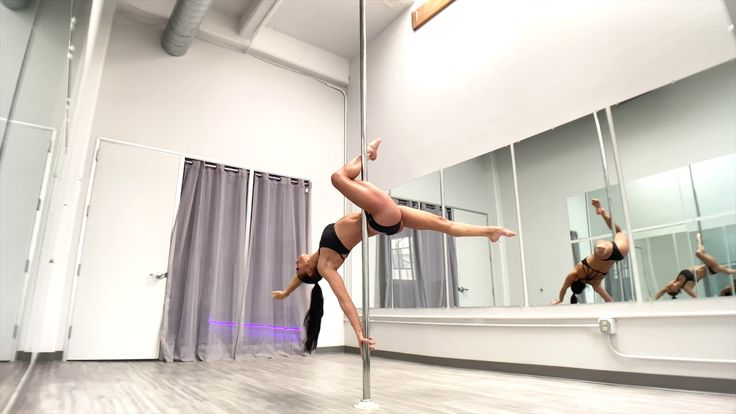 That was a bit traumatic for me, but that then made me realize that dance was more my thing.
That was a bit traumatic for me, but that then made me realize that dance was more my thing.
DS: How did you improve your flexibility over time?
AE: I didn’t have to build up flexibility as much as I had to build up strength and control. Ballet was really the key to gaining strength for me. I learned that if your leg is not shaking when you hold your leg as high as you can, you are limiting your possibilities.
DS: What’s your favorite stretch that you feel helps gain or retain your flexibility?
AE: Growing up, I used to wear ankle weights and do barre exercises (tendu, adagio, fondu) with them, and leg swings, too. The feeling of taking those weights off and then doing leg swings is amazing! Today, I love doing splits along the wall or mirror (with ankle weights, if available). Also, with one leg on the barre in second, going into a deep grand plié on my standing leg.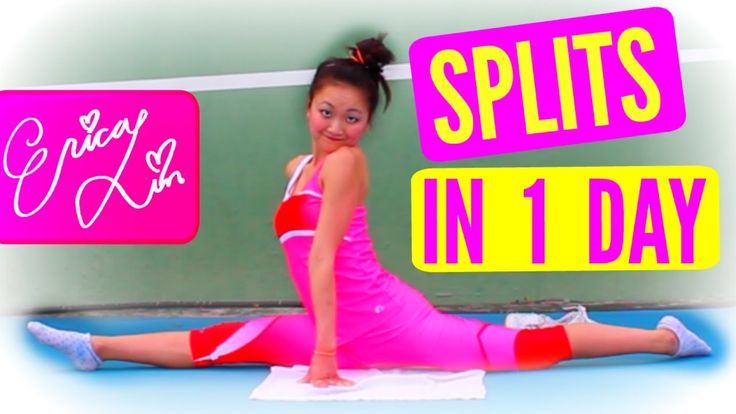
DS: What would you say is the easiest way to start building up a stretch routine?
AE: Add stretching into your gym workout or ballet class. Do the different stretches that you want to work on in between combinations. If you are lying down on your back, put your legs in a diamond position or open into a split against a wall. Next thing you know, you are doing those same stretches every single time you take class. Instead of forcing a stretch routine into your schedule, slowly add it to your already-made daily schedule (gym, dance class, watching TV, playing video games, etc.).
DS: You can’t flex your flexibility without strength. What are some of your top exercises for strengthening?
AE: Vaganova-based ballet classes have a lot of positions that are held. Growing up, I remember doing pliés and taking eight counts to go down and up, doing adagio and having to hold my leg out for more than four counts, legs shaking and sweating like crazy! Just like going to the gym and holding heavy weights, imagine your leg is the weight and you have to hold it in the air until your muscles are exhausted. Then, repeat the process until it becomes easier and your leg raises higher. Over time, you will gain the strength to hold your leg at different levels with ease.
Then, repeat the process until it becomes easier and your leg raises higher. Over time, you will gain the strength to hold your leg at different levels with ease.
DS: What’s something dancers should always avoid when working to gain flexibility?
AE: One, avoid the thought of giving up. You have to go through the pains and struggles in order to achieve the end goal.
Two, avoid pushing yourself too far. Just remember: The same way gaining muscles takes time and losing weight takes time, stretching to get your leg to your face also takes time.
DS: What would you say to encourage dancers to be great, beyond just being flexible?
AE: Remember, you can make any line beautiful. Whether it’s 25 degrees, 45 degrees, 90 or 180, they all have meaning and purpose when executed correctly. I’m a strong believer that there are three types of dancers: turners, jumpers and flexible dancers. I find most professionals only carry two out of those three, but being versatile in those three, and in other genres of dance, is key to becoming a well-rounded artist.
I find most professionals only carry two out of those three, but being versatile in those three, and in other genres of dance, is key to becoming a well-rounded artist.
KERRYNTON JONES
Dance Spirit: Are you one of the lucky dancers who’s been flexible forever?
Kerrynton Jones: I believe that I am one of the lucky dancers who has been flexible for as long as I can remember. Over the years, I’ve been able to maintain and increase my flexibility by staying consistent with the routines I’ve developed for myself. I try my best to listen to my body and make sure I’m giving it what I need.
photo by Giancarlo Stigliano, courtesy Kerrynton JonesDS: What was your routine like building on your flexibility?
KJ: During my competition years, I dedicated a lot of time at night to stretching. As I got older, I began turning to hot yoga because I really liked what the heat did for my muscles and my body. I think it was a perfect environment to stretch and strengthen to prevent injury. One thing that has always remained consistent in my routine is foam rolling before and after rehearsals. Foam rolling helps increase flexibility and mobility without overstretching or straining the muscles.
I think it was a perfect environment to stretch and strengthen to prevent injury. One thing that has always remained consistent in my routine is foam rolling before and after rehearsals. Foam rolling helps increase flexibility and mobility without overstretching or straining the muscles.
DS: Would you say that warming up and cooling down before and after dancing is a crucial aspect in gaining flexibility?
KJ: Absolutely! Not warming up before a rehearsal, show or performance is a recipe for injury. Dancers’ bodies will perform and do the moves regardless, but over time the stress on the body due to lack of warm-ups can lead to injuries. Warming up can also increase your chance of gaining flexibility because then you’re not trying to stretch a stiff muscle. Cooling down is also super helpful for recovery especially after a long day of dancing.
DS: Are you a static stretcher or a dynamic stretcher?
KJ: I’m definitely a dynamic stretcher before a rehearsal or a performance. Dynamic stretching gets the blood pumping and makes my body feel more prepared for movement. On the other hand, static stretching makes me feel more flexible, so I enjoy doing that at night before bed sometimes.
Dynamic stretching gets the blood pumping and makes my body feel more prepared for movement. On the other hand, static stretching makes me feel more flexible, so I enjoy doing that at night before bed sometimes.
DS: How would you get dancers to understand the discipline that it takes to achieve their desired flexibility?
KJ: The biggest thing to understand is that stretching does not have to be this super-painful, boring task. If you add in something that you enjoy doing while stretching, it can be fun to have that discipline and routine for yourself. I usually do my nightly routine with foam rolling and stretching while watching Netflix or listening to music. By the time the episode is over, I’ve breezed through my routine and my body is more prepared for another day of dancing.
DS: What are some of your top exercises for strengthening so that you can actually execute and hold certain extensions confidently?
KJ: Clamshells lying on the floor with a resistance band is definitely my number one. It seems like the most basic exercise, but it really helps strengthen the inner thighs and the muscles needed to hold those extensions.
It seems like the most basic exercise, but it really helps strengthen the inner thighs and the muscles needed to hold those extensions.
DS: What’s something dancers should always avoid when working to gain flexibility?
KJ: I see a lot of dancers doing over-splits or having their friends stretch their legs behind their head for them. Dancers should avoid any type of overstretching, especially when their bodies are not warmed up.
courtesy JonesDS: What would you say to encourage dancers to be great, beyond just being flexible?
KJ: I would definitely work on your performance. At the end of the day, dance is about making people feel something. Nowadays, everyone has a leg that they can kick to their face, but regardless of how “cool” it may look, it doesn’t mean anything if there’s no feeling behind it.
DEREK PIQUETTE
Dance Spirit: Were you also flexible for as long as you can remember?
Derek Piquette: I was naturally flexible to an extent, especially for a male, and someone that wasn’t always a dancer. But it did come pretty quickly and easily to me when I started dancing.
But it did come pretty quickly and easily to me when I started dancing.
View this post on Instagram
A post shared by Derek Piquette (@derekpiquette)
DS: What was your stretch routine like when you started training more seriously?
DP: There was a lot of overstretching, which I’ve now learned so much about, and how unhealthy and unsafe that can be. I always say to my students that no one on earth needs to be as flexible as I was. Especially if you want a long career in dance. Being as flexible as I was back then will never be a strict requirement for a dance career, and that’s something I didn’t learn until I was about 18.
DS: Is warming up and cooling down before and after dancing a crucial aspect in achieving flexibility?
DP: Absolutely! I had two hip surgeries since much of the stretching and training I went through was overdone and incorrect for so many years.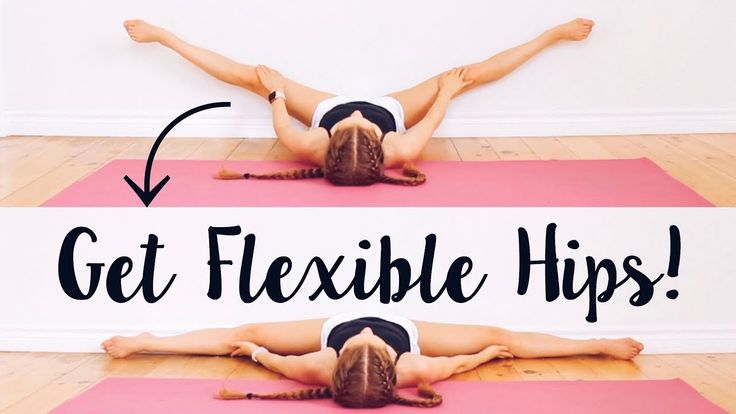 It wasn’t until after hip surgery that I really took into consideration that my body is my everything and I need to treat it better by warming up and cooling down properly. Cardio is the most important part of any dancer’s warm-up. If you want to gain more flexibility, you need to be the warmest you possibly could be. And the importance of cooldowns or stretching after training needs to be emphasized in more curriculums and dancers’ lives. It’s so important for recovery!
It wasn’t until after hip surgery that I really took into consideration that my body is my everything and I need to treat it better by warming up and cooling down properly. Cardio is the most important part of any dancer’s warm-up. If you want to gain more flexibility, you need to be the warmest you possibly could be. And the importance of cooldowns or stretching after training needs to be emphasized in more curriculums and dancers’ lives. It’s so important for recovery!
DS: How would you get dancers to understand the discipline and patience that it takes to achieve flexibility the right way?
DP: We do live in a generation that desires instant gratification. It’s not everybody, but I would say a majority of dancers want to see immediate results, especially with social media. But there is no easy way or quick trick to getting flexible. It just takes hard work, dedication, and doing it every day. What I tell my students is that if you want to be good at something, you have to be obsessed with it for a while. It’s gonna be a really slow incline, but you just have to maintain it.
It’s gonna be a really slow incline, but you just have to maintain it.
DS: What’s the easiest way to build a routine so that building the habit of stretching feels like second-nature?
DP: Just carving out a little bit of time in your schedule. Life is so busy, especially for dancers in school and constantly training, but if you can carve out at least 30 minutes of your day just to do a quick stretch-out—about 15 minutes of cardio, and actively holding different stretches for a minute each—that will make a difference. You may not gain a ton of flexibility fast, but that’s an easy way to start getting it into your everyday routine.
DS: What are your favorite strengthening exercises for gaining control?
DP: I do a lot of glute bridges because the biggest thing that dancers need to be strong with are their glutes and their core. During my warm-ups, after cardio, I go straight into core workouts for about 10 minutes.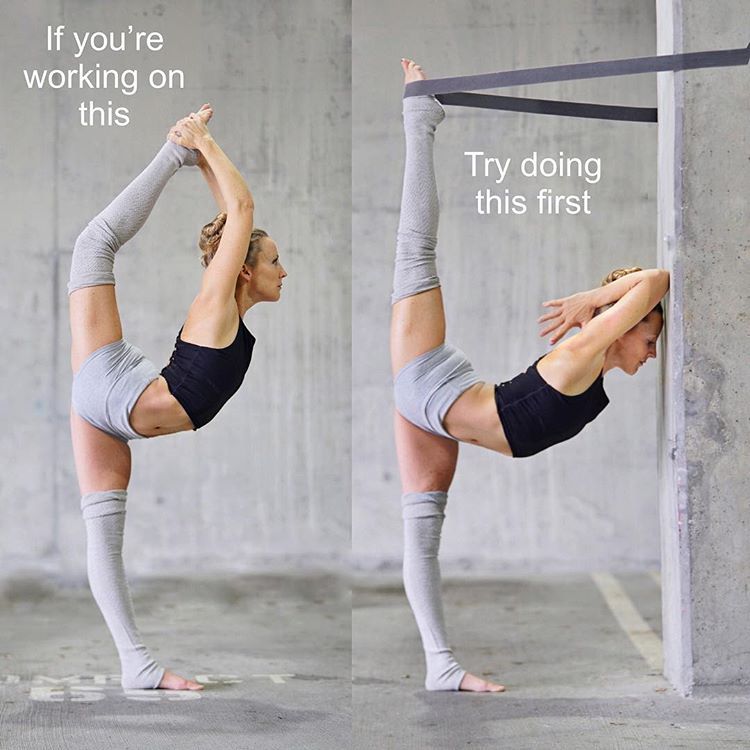 That’s because your core is what warms up your body, just like the core of the earth warms up from the center and emits out.
That’s because your core is what warms up your body, just like the core of the earth warms up from the center and emits out.
View this post on Instagram
A post shared by Derek Piquette (@derekpiquette)
DS: What’s something dancers should avoid when stretching?
DP: Pushing too far. If you feel a sharp, stabbing or pinching pain, you should stop. Don’t let someone push you down. Don’t be afraid to ask questions. Don’t be afraid to say “Hey, my hips are hurting. I need to stop.”
ALEXIS MOORE
Dance Spirit: What inspired you to start a business surrounding the topic of flexibility?
Alexis Moore: The impact that stretching has had on me personally is what inspired me to want to help other people learn this practice and integrate it into their lives. I retired from rhythmic gymnastics at the age of 16, eventually became a fitness instructor, and started teaching stretching classes at a studio.
I retired from rhythmic gymnastics at the age of 16, eventually became a fitness instructor, and started teaching stretching classes at a studio.
View this post on Instagram
A post shared by flexi lexi | FLEXIBILITY COACH (@stretchwithlex)
When I would stretch, I felt this release of tension from my body and felt so much positive impact on my mental well-being. Being able to see the amazing ripple effects that trickled into other areas of my students’ lives when we intentionally worked with our bodies to improve flexibility made me want to keep sharing that.
DS: Have you been flexible for as long as you can remember?
AM: No! Being a rhythmic gymnast, me and my teammates would literally cry while we were doing some of our stretches. We’d be doing over-splits, sometimes between two chairs and holding our back legs at the same time.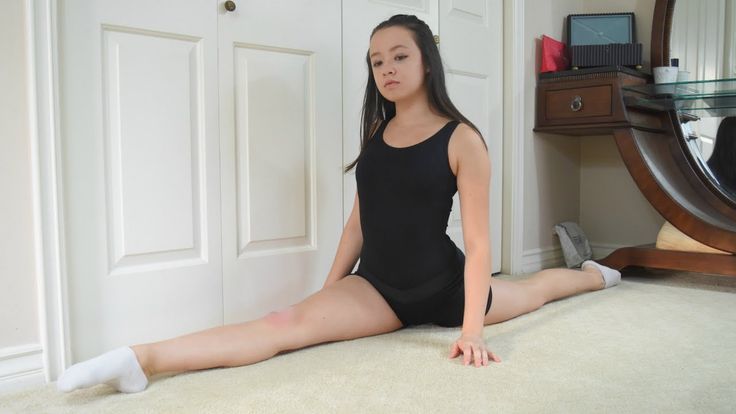 It was really intense.
It was really intense.
Once I retired, I didn’t retain the degree of flexibility that I had, but I did continue to stretch and work on it because, generally, stretching just made me feel so much better.
DS: What’s your routine like when helping someone build up their flexibility?
AM: We need to start with stretches that are going to start to open up the muscles more gently, then we always finish with our deepest stretch, which is the splits. Because the splits open up so many muscles and joints simultaneously, in such a deep way, working with the splits has always been what I’ve viewed as the vehicle for continuously increasing flexibility. If someone is a real beginner, then we won’t start them off with that, but we will definitely build up to that over time.
DS: What’s your favorite stretch that helps you gain/retain flexibility?
AM: The splits! Like yoga, we’re working within our range of motion, and we’re getting more comfortable within that range. The splits challenge your body to move past what your current range of motion is, making it easier to expand your range of motion over time.
The splits challenge your body to move past what your current range of motion is, making it easier to expand your range of motion over time.
DS: What are your tips for achieving amazing lines?
AM: Core strength is the foundation to achieving an amazing line. It’s not just a matter of getting your legs super flexible. You have to have control in your core, and it requires a lot of strength. Exercises that you do in ballet—like holding your leg out straight in front of you—really build up small anterior muscle strength that allows your body to support itself in extreme positions.
DS: How can dancers understand the discipline it takes to achieve their desired level of flexibility?
AM: When I work with my clients, a couple of things that come up are that it feels really overwhelming or they feel “bad at it.” The sensations that you experience when you stretch can be very intense, and a lot of people aren’t used to sitting with discomfort.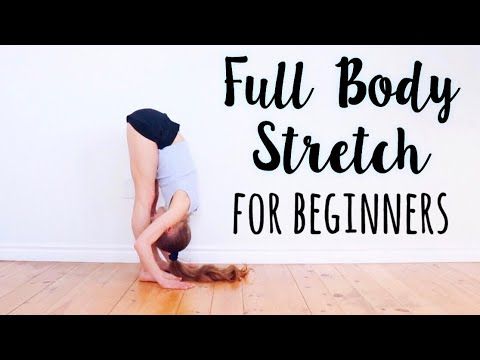 It’s much easier to escape it, but it’s really about changing that relationship with discomfort and getting more comfortable being uncomfortable. Once you learn how to sit and breathe through the discomfort without judging yourself, it can really shift your relationship with the practice of stretching.
It’s much easier to escape it, but it’s really about changing that relationship with discomfort and getting more comfortable being uncomfortable. Once you learn how to sit and breathe through the discomfort without judging yourself, it can really shift your relationship with the practice of stretching.
DS: What are your top exercises for strengthening?
AM: Using resistance bands for squats and lunges, and planks really help strengthen the core. Glute bridges are another really good one because they target the hamstrings and get your glutes nice and warm, making it much easier to stretch out.
I really recommend push-ups, too, because when you’re doing your splits, you’re going to need to support yourself on your arms and hold yourself up with your core muscles so that your legs can be really relaxed enough to sink into your stretch.
DS: What are some things dancers should avoid when looking to gain flexibility?
AM: One, bouncing down into a static stretch. Bouncing just puts tension on your tendons. It doesn’t actually stretch your muscles, but instead puts you at risk of injury. Two, holding your breath during stretches. Learning to observe the rhythm of the breath while you’re stretching will help you sink into your stretches more effectively. Three, not maintaining a neutral spine when stretching. For practically all stretches, you should be hinging at your waist instead of curving the back.
Bouncing just puts tension on your tendons. It doesn’t actually stretch your muscles, but instead puts you at risk of injury. Two, holding your breath during stretches. Learning to observe the rhythm of the breath while you’re stretching will help you sink into your stretches more effectively. Three, not maintaining a neutral spine when stretching. For practically all stretches, you should be hinging at your waist instead of curving the back.
View this post on Instagram
A post shared by flexi lexi | FLEXIBILITY COACH (@stretchwithlex)
DS: What would you say to encourage dancers to be great beyond just being flexible?
AM: The biggest impediment to any performer is looking at someone else and thinking things like “Look at what they’ve got, that’s the standard” or “I’m falling short of that.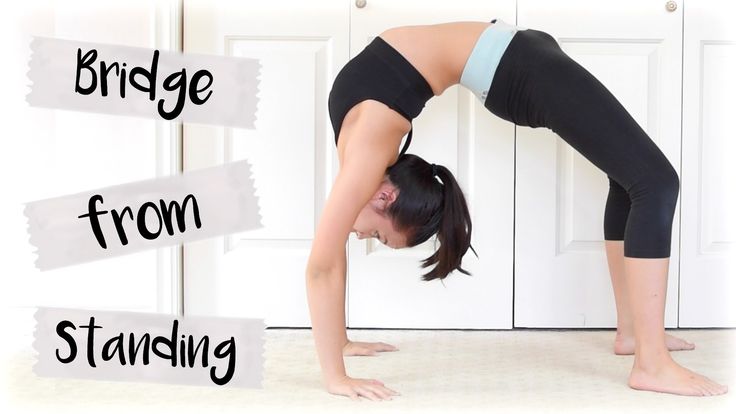 ” That’s telling yourself that you’re not good enough. What’s more magnetic is someone embracing however they decide to show up—bringing their full energy, being confident in what they bring to the table, and doing this because this is what they enjoy and are passionate about.
” That’s telling yourself that you’re not good enough. What’s more magnetic is someone embracing however they decide to show up—bringing their full energy, being confident in what they bring to the table, and doing this because this is what they enjoy and are passionate about.
types of flexibility and basic stretching exercises
Contents
A flexible body, elastic muscles and mobile joints are the key to beauty and health at any age. Flexibility is not only innate, but also an acquired quality. Without a doubt, every dancer should have it.
What is flexibility
Flexibility is the ability of the body, namely muscles, ligaments and joints, to give maximum amplitude in various movements and physical exercises.
The flexibility of the body depends on genetics, the structure of the joints, the elasticity of the tendons. This indicator is also related:
- with age. Children and adolescents tend to be more flexible than adults;
- with floor.
 Women are naturally more flexible than men;
Women are naturally more flexible than men; - with the level of physical fitness and fitness.
Types of flexibility as it happens
There are several varieties:
- Dynamic flexibility is the maximum possible range of motion in a joint without any outside help. For example, standing against a wall, the athlete raises the leg to the highest possible level and holds it for several seconds. Also, the dynamic view is fixed when performing exercises, for example, with swings;
- Passive (static) flexibility always exceeds active dynamic. It is achieved with an external impact on the joint. For example, the athlete or his partner holds the raised leg with the hand in maximum amplitude;
- Special refers to the mobility of specific joints. Different sports and dances require different levels of joint mobility;
- Anatomical. Habitual daily movements in terms of joint mobility are very limited.
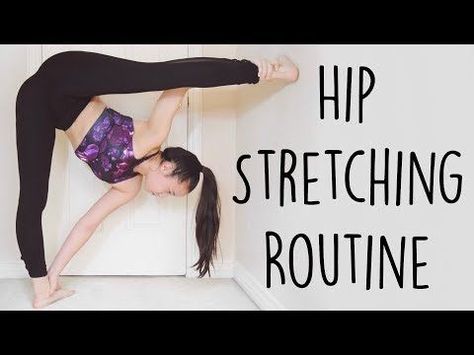 Use of the reserve of pledged flexibility up to 95% occurs only during special classes;
Use of the reserve of pledged flexibility up to 95% occurs only during special classes; - Excessive flexibility is dangerous, as the stability of the joint is lost and the maximum stretching of muscles and ligaments is reached. This is fraught with injuries (dislocation, rupture, sprain).
Sign up for a trial lesson
Why flexibility is important for dancers
Good flexibility is the key to beautiful amplitude movements and speed of changing positions
A flexible body is more responsive, flexible and enduring. Good amplitude in the work of all joints gives excellent coordination between all parts of the body.
These motor indicators are extremely important in dance. Movable joints and stretch-responsive muscles make the body supple, able to quickly perform complex movements and ligaments.
Flexibility can be improved by regular stretching.
What exercises help to develop flexibility
Stretching (from the English "stretching") always begin with a quality warm-up of the whole body.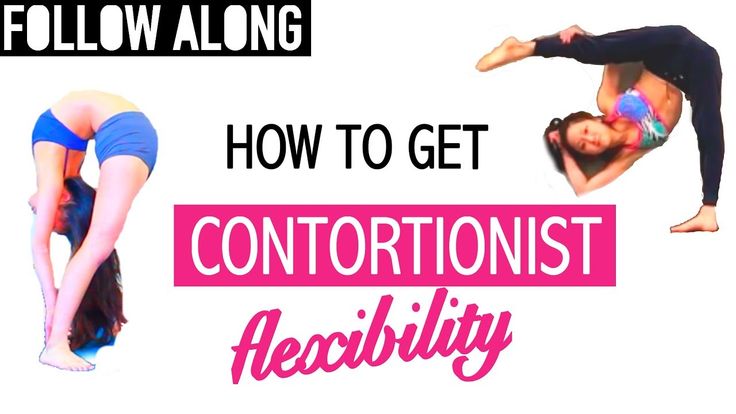 Pulling muscles and ligaments is possible only in a heated state. To do this, it is enough to perform a warm-up of 2-3 dynamic exercises, involving all the main joints.
Pulling muscles and ligaments is possible only in a heated state. To do this, it is enough to perform a warm-up of 2-3 dynamic exercises, involving all the main joints.
Flexibility exercises:
- Neck . Grab your head with your right hand and press your ear against your right shoulder, stretching the left side of your neck. Lock the position for 30 seconds. Repeat with your left hand.
- Spine, thoracic . Starting position on all fours. Bend your back down and lift your head up, remaining in the position for 10-15 seconds. Arch your back up, lowering your head down. Hold the position for another 15 seconds. Repeat several times at a slow pace.
- Spine, back of thighs . An exercise from the arsenal of yoga "Downward Dog". Place your feet and hands on the floor shoulder-width apart and bring them closer until you reach the body in an inverted V. The foot is completely on the floor, legs are straight.
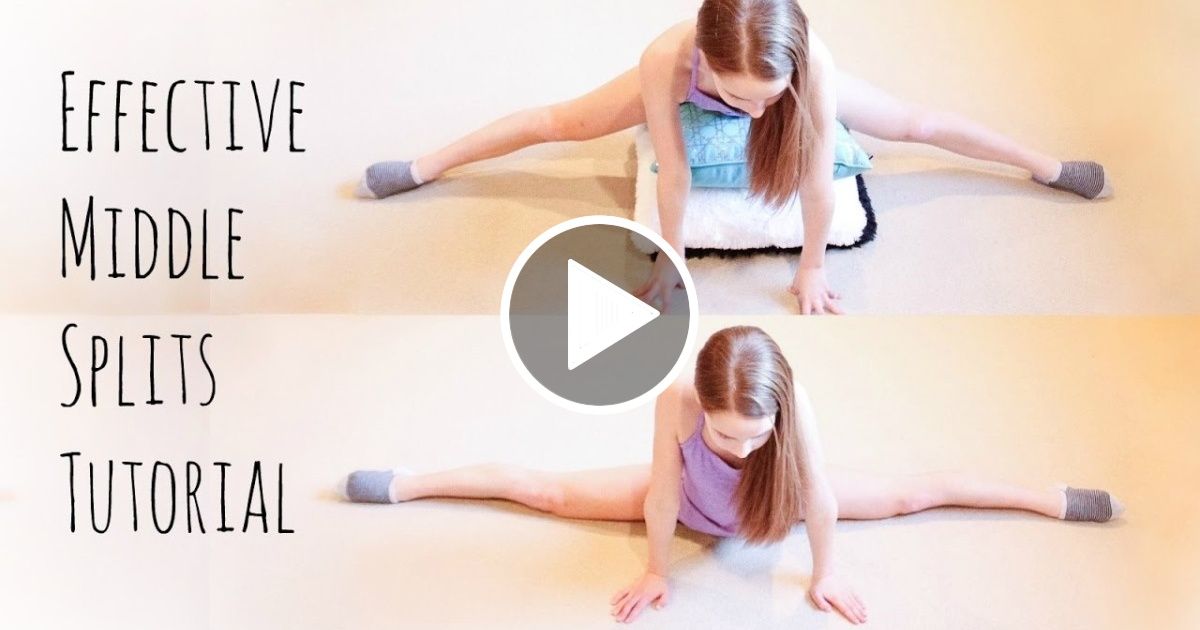 For greater effect in position, you can sway slightly, creating a arch in the back.
For greater effect in position, you can sway slightly, creating a arch in the back. - Spine, core muscles . Lying on your stomach, bend your knees, bring your feet to your buttocks. Wrap your arms around your feet and pull your legs back and up. The thoracic spine takes the maximum deflection. The position is fixed for 20-30 seconds.
- Hip Extension . Lunge forward with your right foot and shift your weight onto it. Tilt your body forward and lean on your elbows. Maintain the position for up to 30 seconds. Repeat with the other leg.
- Lateral Thigh Extension . Sitting on the floor, spread your legs as wide as possible. Place your body and arms on the floor as far as possible. Stay in position for up to 30 seconds.
Tips from experienced choreographers for stretching
Flexibility exercises are performed at a calm pace, the muscles are stretched until a slight tolerable pain appears.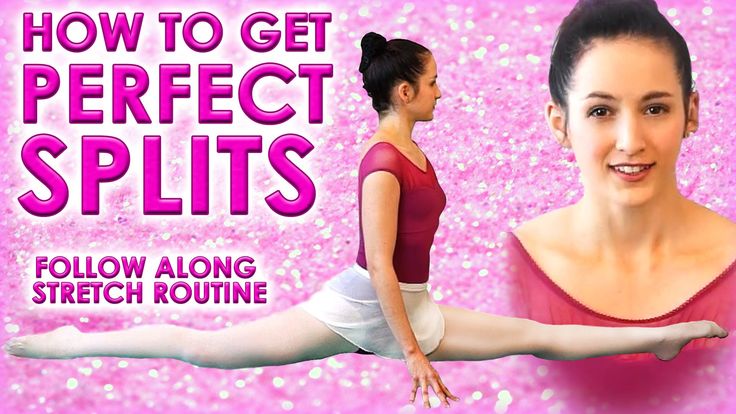 In each position, you should stay up to 20-30 seconds, holding the maximum amplitude of the stretch.
In each position, you should stay up to 20-30 seconds, holding the maximum amplitude of the stretch.
For general flexibility development, it is enough to stretch 1-2 sessions per week as a small addition to the main workout. The presented set of flexibility exercises is one of the possible options for this form of training.
If increasing the flexibility of the body is the main task, then it is worth doing stretching in the format of a full-fledged lesson. We recommend starting stretching under the guidance of an experienced instructor.
Benefits of working with a coach:
- safety : no risk of injury;
- effectiveness : the coach selects the exercises based on the physical data of the student;
- speed : a professional instructor uses techniques to achieve maximum results in the shortest possible time.
The dance studio "La Boca" is open for stretching and stretching.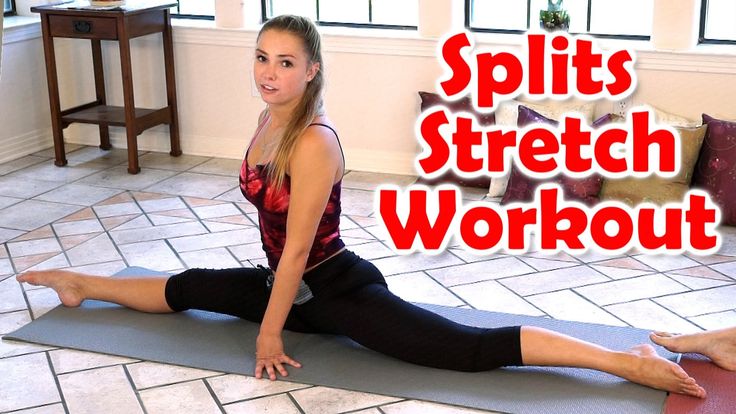 Classes are conducted by a professional ballerina Victoria Krivtsova and an international master of sports in Latin American dances Olga Dubravina. Lessons are held in small groups and with an individual approach to everyone.
Classes are conducted by a professional ballerina Victoria Krivtsova and an international master of sports in Latin American dances Olga Dubravina. Lessons are held in small groups and with an individual approach to everyone.
Sign up for a trial session and experience the benefits of stretching with a professional.
19 simple ideas to develop body plasticity at home – Bachata Dance School
Surely everyone wants to quickly and effortlessly have good plastic without leaving home (and even better without getting up from the couch).
This article will not contain specific exercises - you can easily find them on the Internet. Here ideas will be presented in order to add to your “piggy bank” and then develop, develop, develop ...
For each item, there are tons of instructional videos and tips on the internet that will get you closer to your goal. The plasticity of the body is like a flower, the more you water it, the more beautiful it becomes.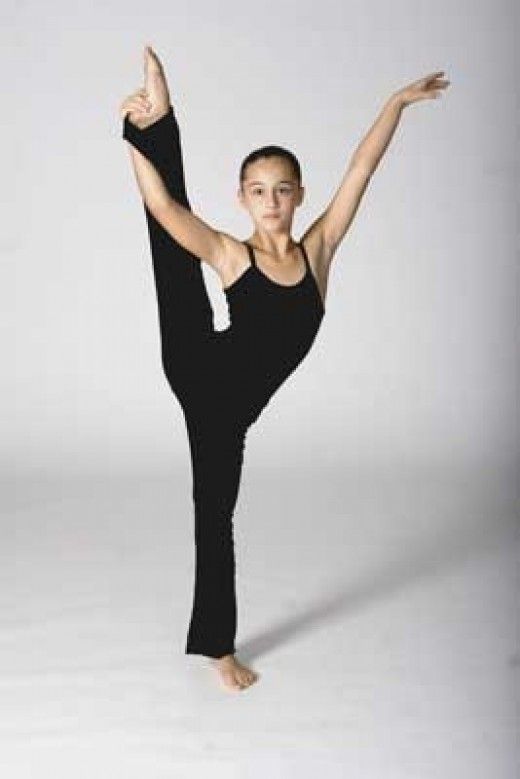
So let's get started.
- Waves . This is a very spectacular and important component for the beauty of the dance. Train them at home. The main dances that will help you develop the waves well are oriental dances, bachata, kizomba.
Examples of beautiful body waves
- Moving through the levels. Spectacular when you can move from the floor to the upper level (standing position) without much effort and tension.
- Sensitivity . In order to better manage your body, it is necessary to develop its sensitivity. You must simultaneously feel the body as a whole, as a whole.
- Copy of . Try to copy the plastic dance and record it on video. Then watch the video and dance again to the same music. Do this several times. The quality of your dance will begin to change.
- Images . When you dance, come up with an image for yourself and do not leave it until the end of the dance.
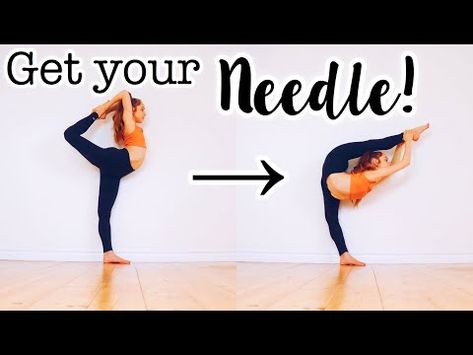
- Mirror operation. Dance in front of a mirror to better see yourself from the side. Experiment and come up with new moves. Read the article improvisation in dance on our Bachata.Su website.
- Video recording. One of the most effective ways to improve plasticity is to record a video and then watch it, find things you like, don't like, then correct and record the video again.
- Work with stresses in the body. Excess tension must be removed from the body, for this various yoga exercises can help, as well as just constant and continuous work on oneself.
- Breathing. It is important to control the breath so that it is continuous. And if there is an "unnecessary" tension, "exhale through it."
- Music and emotions. Explore what kind of music you get the most beautiful dance.
- Stretching and twine. Adds spectacle and aesthetics to your dance.
 However, keep in mind that twine is such a specific thing that it requires regular practice. You need to practice regularly.
However, keep in mind that twine is such a specific thing that it requires regular practice. You need to practice regularly. - Lightweight. In order to develop lightness in dance, firstly, it is necessary to work with the relaxation of the body, and secondly, it is necessary to follow the impulses of the body, to catch the inertia of movement.
- Movement speed. You can develop the speed of movements by turning on faster music.
- Muscle training. The main muscles for a girl are abs and buttocks, for a man - abs, chest, shoulders, back. However, do not forget about the development of the muscles of the arms and legs.
- Muscle memory. You need to make sure that the muscles memorize the dance moves as quickly as possible. For this there are necessary exercises.
- Feedback. An outside view is important. Ask people you trust to evaluate your dance.
- Turn the head on and off.
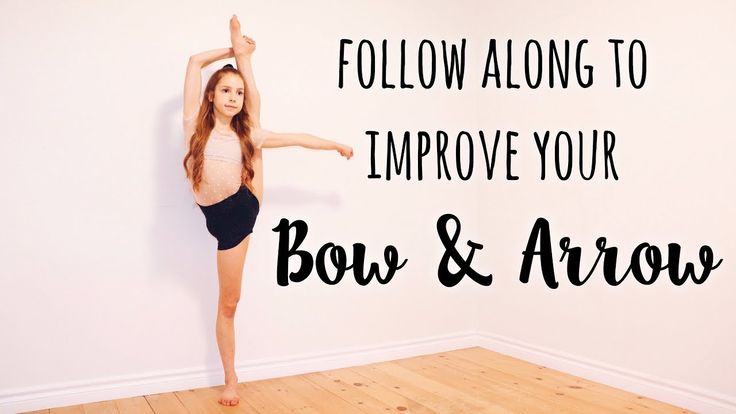


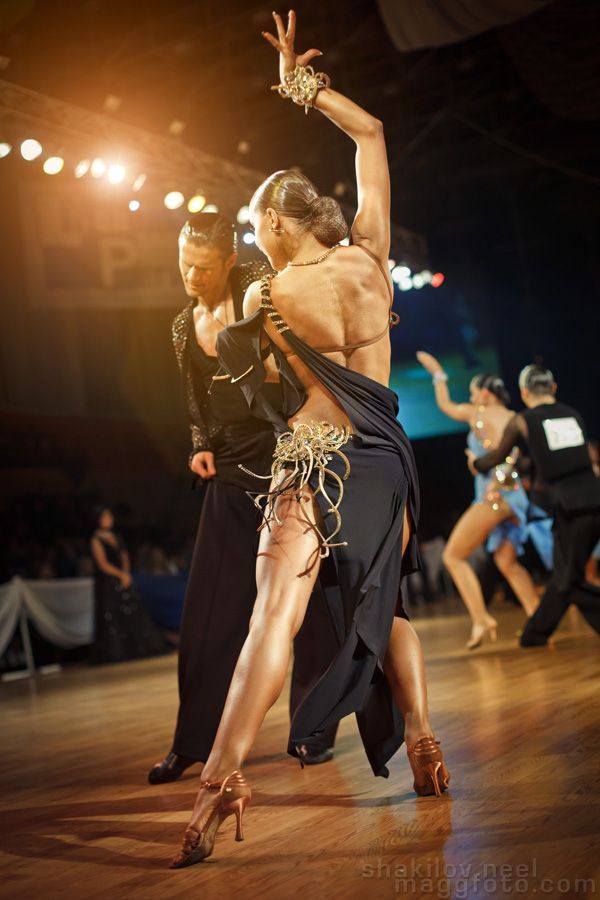
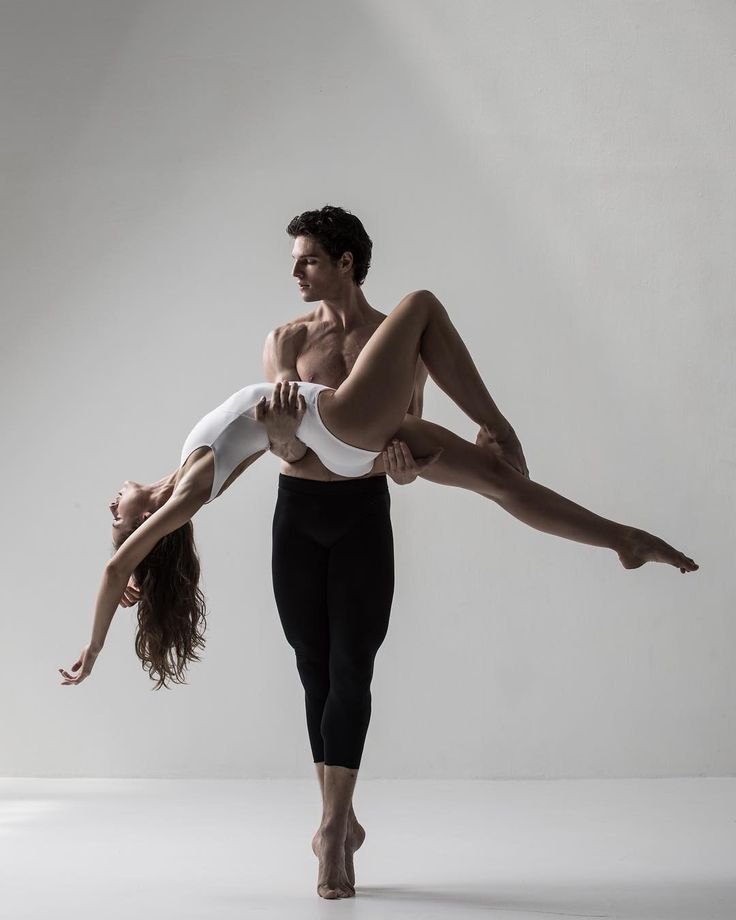
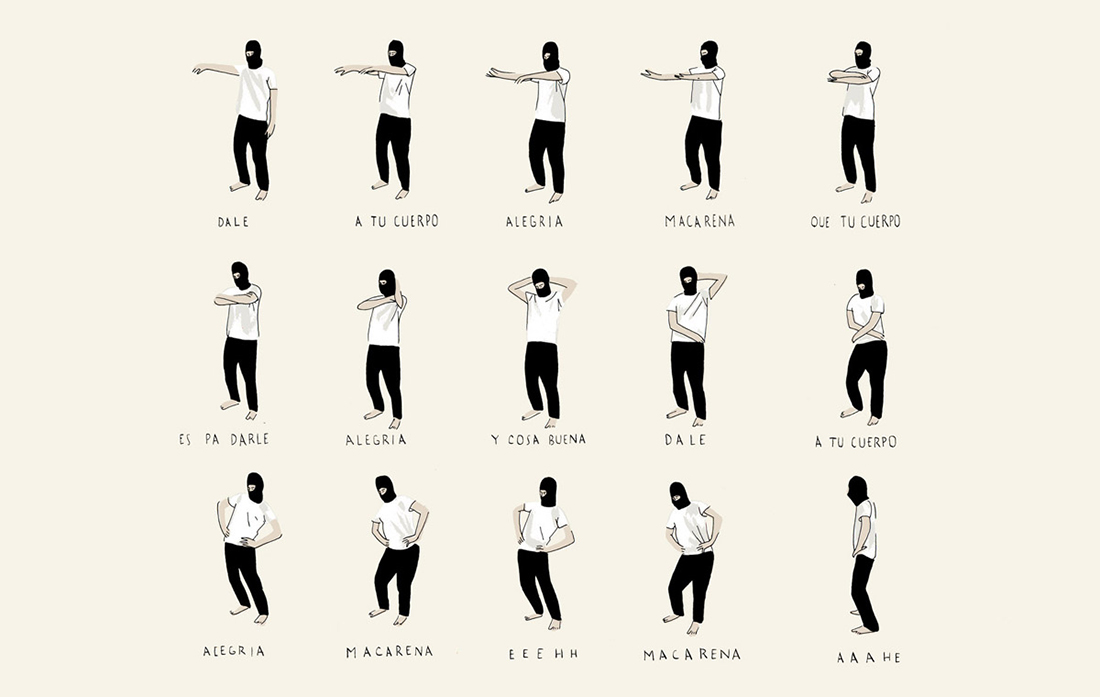
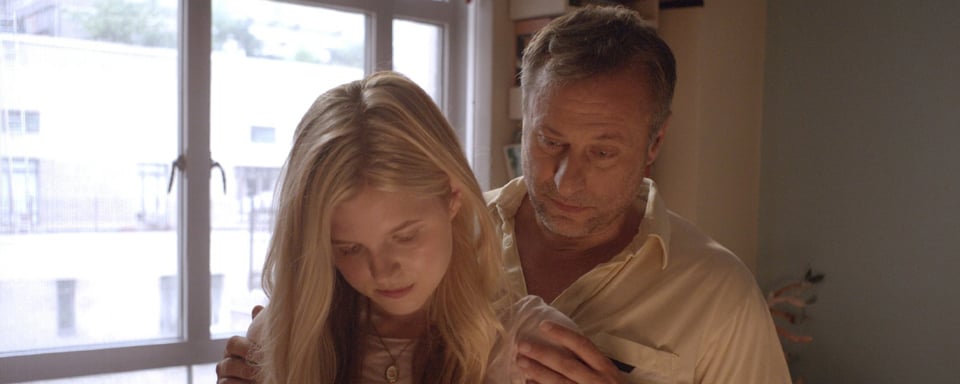
-Step-18.jpg/aid1640374-v4-728px-Shuffle-(Dance-Move)-Step-18.jpg)
